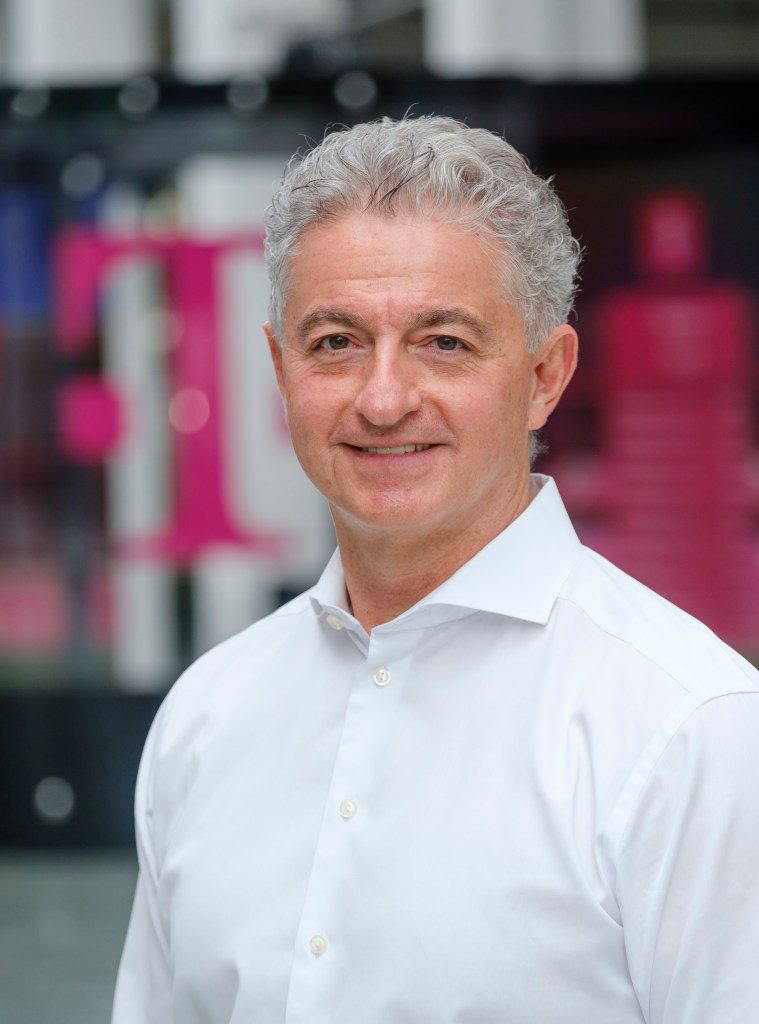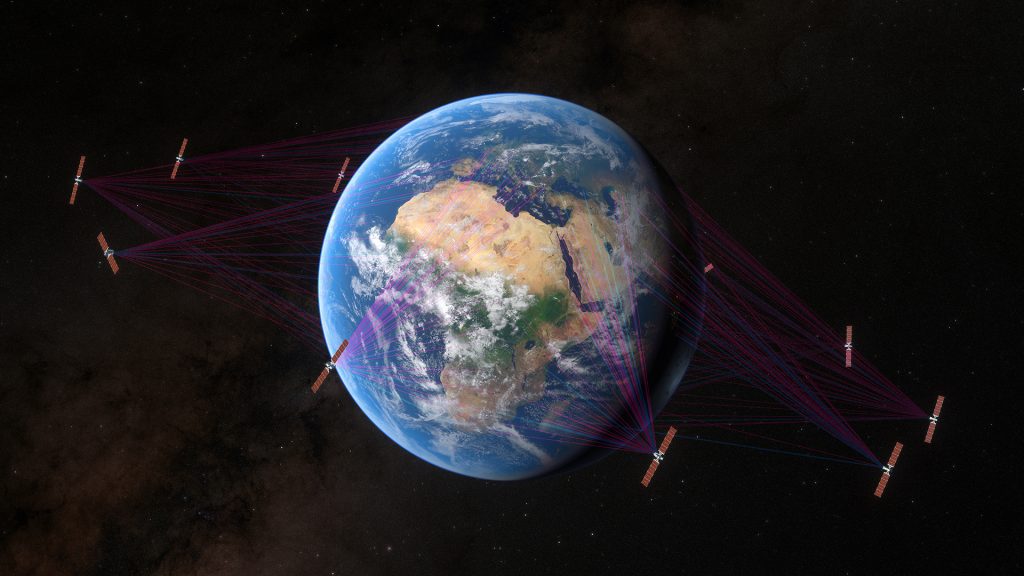TAMPA, Fla. — After assuming leadership of SES in February, IT expert Adel Al-Saleh aims to use his knowledge in AI and terrestrial networks to prepare the geostationary and medium Earth orbit (MEO) operator for future broadband demands.
His appointment is crucial because the industry is currently struggling with a lack of capacity to ensure innovative, multimillion-dollar satellites after a series of high-profile failures.
SpaceNews caught up with Al-Saleh as SES gets ready to launch services from O3b mPower before the end of April, despite power issues affecting four of the initial six satellites in its next-gen MEO network.

What is your opinion on the space market as a former industry outsider?
What has become evident to me in my short time here is that this is a rapidly evolving industry and we need to adapt. Continuing with traditional methods from decades past will no longer be effective.
The demand is increasing, and customers are becoming more sophisticated. It's no longer just about basic capacity usage, but also about applications. For instance, being able to allocate more bandwidth to passengers on a plane who need it, such as differentiating between someone checking emails and someone streaming a video, and finding ways to monetize that.
This shift is happening in our industry, and we need to be prepared for it.
How is your terrestrial and IT background beneficial in this role?
Utilizing AI and a software-based approach for designing, building, and operating systems comes naturally to me. The satellite industry possesses a wealth of data. While some leading companies are beginning to use AI to automate based on this data, there is still room for advancement, in my opinion.
How are you utilizing AI in space?
Our primary focus is using AI internally to streamline operations and leverage decades of data to predict events.
AI also allows us to recognize different user groups among our customers and adapt our network to suit their needs. It's not about identifying individual end users, but rather anticipating and addressing their needs in real-time and offering to enhance their experience with an upgrade.
What other challenges does the industry face in the near future?
Developing satellites takes too long. We are a risk-averse industry, which is understandable. The process of developing and launching a satellite involves spending hundreds of millions of dollars.
The industry needs to embrace rapid learning, quick failure, and fast improvement. It's not only the satellite operators, but also manufacturers and technology providers who face the same challenge. Disruptors like Starlink demonstrate how to achieve this.
Typically, operators insure expensive satellites. However, due to recent major losses in the insurance market, including a $472 million claim from SES for the first four O3b mPower satellites, there will be an impact. What will this effect be?
It reduces the capacity available for insuring things, but we have not decided to stop procuring or launching satellites. We simply have to deal with it.
Because the initial four O3b mPower satellites have been damaged, we had to take the chance and launched the fifth and sixth satellites without insurance. It’s not something we usually do but we had to do it. Most of our upcoming launch insurance coverages are already negotiated, and we will continue to monitor and optimize our insurance coverage and insurance premium.
So we haven’t seen significant limitations yet, but we anticipate it happening soon.









